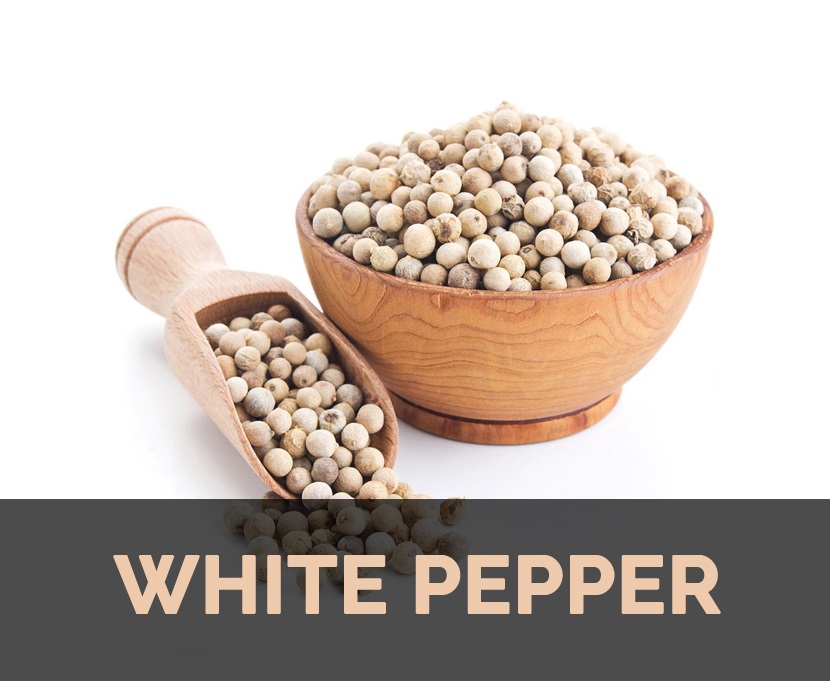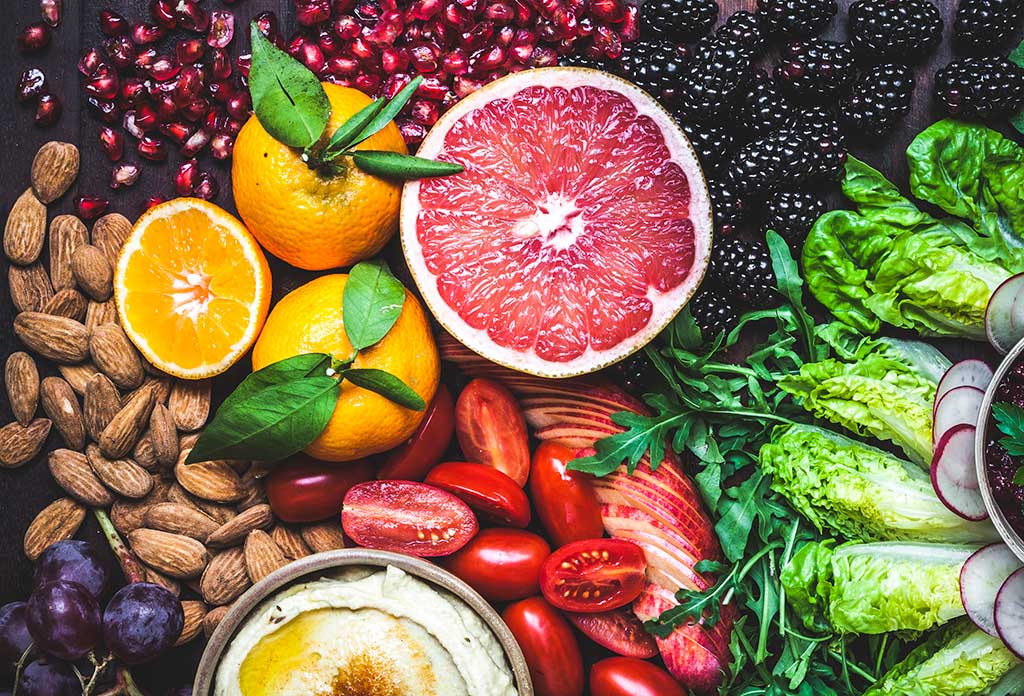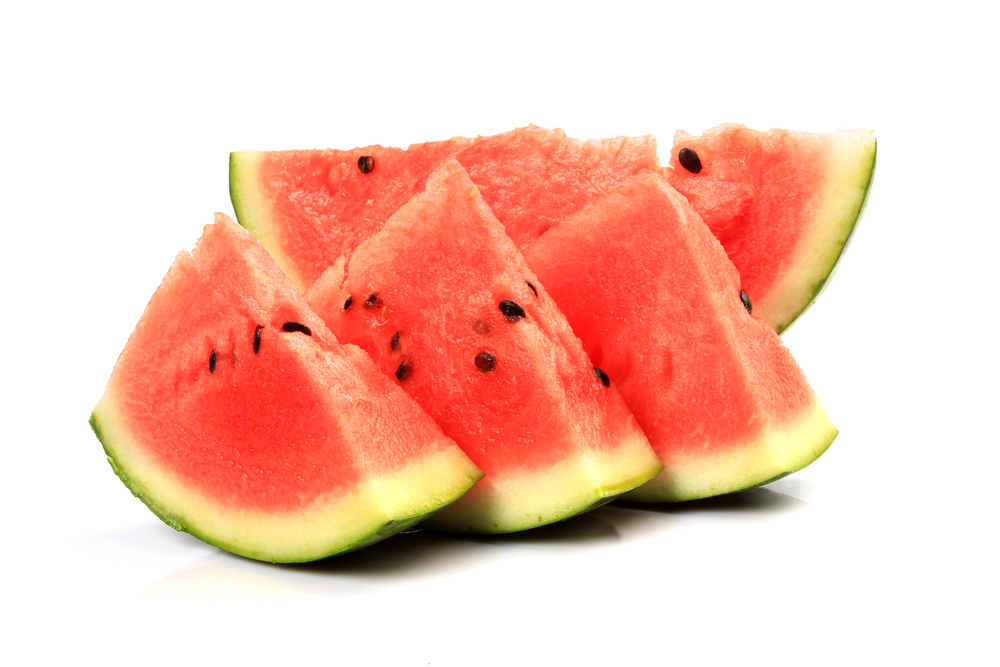Tips on cooking and storing sausages
The root of sausage is derived from the ancient French word (saussich), which is derived from the Latin word (salsas), meaning “salt,” and was invented by the Sumerians in 3000 BC. Today, sausages have found many fans that are harmful to health if consumed in large quantities. In this article, we will introduce you to some tips about links.
Tips you do not know about sausages:
Sausage is a meat product that is better not to keep for more than two or three weeks because of its ingredients. Before discussing how to store sausages properly, it is best to know the tips for buying them. When shopping, make sure the packaging is intact so that the plastic layer does not tear on it, and do not buy products whose packaging is damaged. Before buying, be sure to check the production date of the products.

These meat products undergo processes that increase their shelf life. However, it is better to buy only a certain amount of your meal in each purchase and do not keep it in the freezer for a long time.
Another important issue is that it is better to buy sausages produced by reputable factories with a standard seal because they are more supervised and generally safer.
The color of the sausage is not a valid criterion for its health. Still, the most important thing to distinguish a healthy link is its fit and proper packaging and not having a bad smell and unnatural color of the best sausage.
Interesting tips about cooking and storing sausages:
Do not refrigerate sausages for more than 36 hours and transfer them to the freezer to freeze for longer.
The higher the percentage of meat in these products, the lower the quality and volume during cooking. The smaller the amount of meat used in them, the more shrinkage and reduction in volume occur after cooking. Make sure the sausage you prepare does not have dark green spots.

Researchers and nutritionists believe that to prevent food poisoning, especially in the summer and the presence of bacteria such as Salmonella, cooking sausages does not end in 6 minutes and should stay in it for 12 minutes, so it is better to water them before frying. . Cook and then fry.
But even with this method of preparation, consuming sausages as a normal diet is not recommended. Still, it can be used once a week as a ready meal, and it is better to have raw vegetables rich in antioxidants. To be. With them to reduce its damage to some extent.

Disadvantages of sausages:
- Sodium nitrate is converted to nitrosamine in the human body. It is carcinogenic, and for this reason, vitamin C is usually added to the product to prevent nitrosamine formation during digestion.
- Nitrites are very toxic. Therefore, in preparing sausages, one should be very careful in consuming this preservative. Nitrite combines with myoglobin in the body to form a substance called neuroglobin, which causes stomach cancer.
- Phosphates increase the risk of osteoporosis by disrupting the absorption of calcium in the body.
- Sausages and sausages contain a lot of salt and fat.
- Note: High-quality sausages are good food as long as they are not consumed too much.
Features of high-quality sausages:
- They should have shiny skin.
- with proper packaging and without air bubbles.
- Do not reduce the volume after cooking. The lower the quality of the meat used, the higher the shrinkage and importance of the sausage after cooking.
- The higher the percentage of meat in the product, the higher its quality will be.
- Do not use too much bread crumbs, flour, and fat.
- No gluten (gluten). This means that they should be free of bread crumbs, ground potato powder, and rice. These sausages do not cause allergies and have a higher percentage of meat.
- Sausages and sausages should not have dark green spots.










